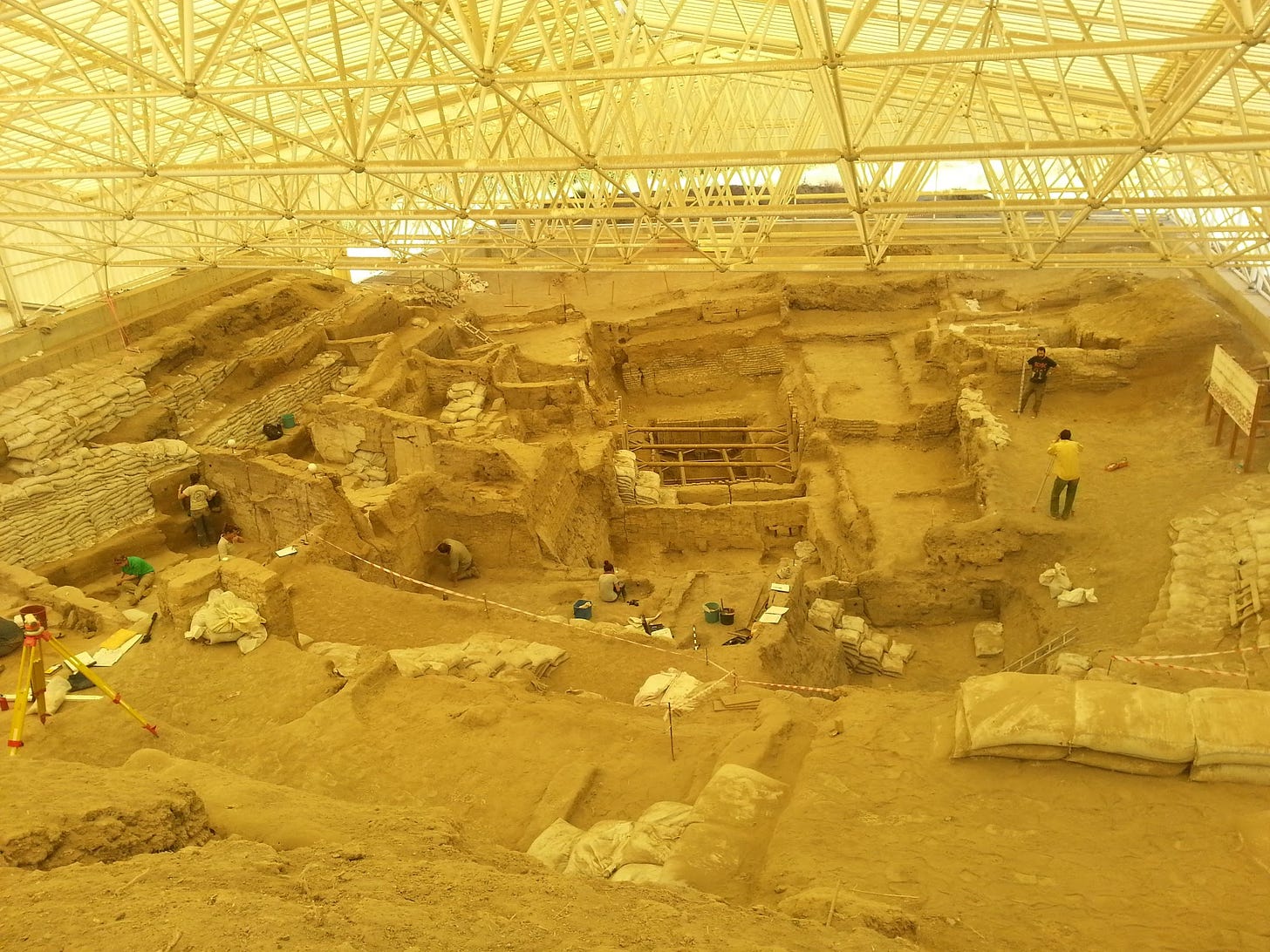I first became obsessed with Çatalhöyük about ten years ago, when I first read about the 9,000 year-old settlement in central Turkey that was among the world’s earliest urban places. I was fascinated by its architecture, which was nothing like a modern city — people entered through doors in their roofs, and ambled across the city using ladders and rooftop walkways.

The built environment was also imbued with symbolic meanings. People buried their dead beneath their floors, often right under their beds, and studded their walls with animal bones, teeth, and plastered bull skulls called bucrania. And they must have loved this place very much, because it was continuously occupied for 1,500 years.
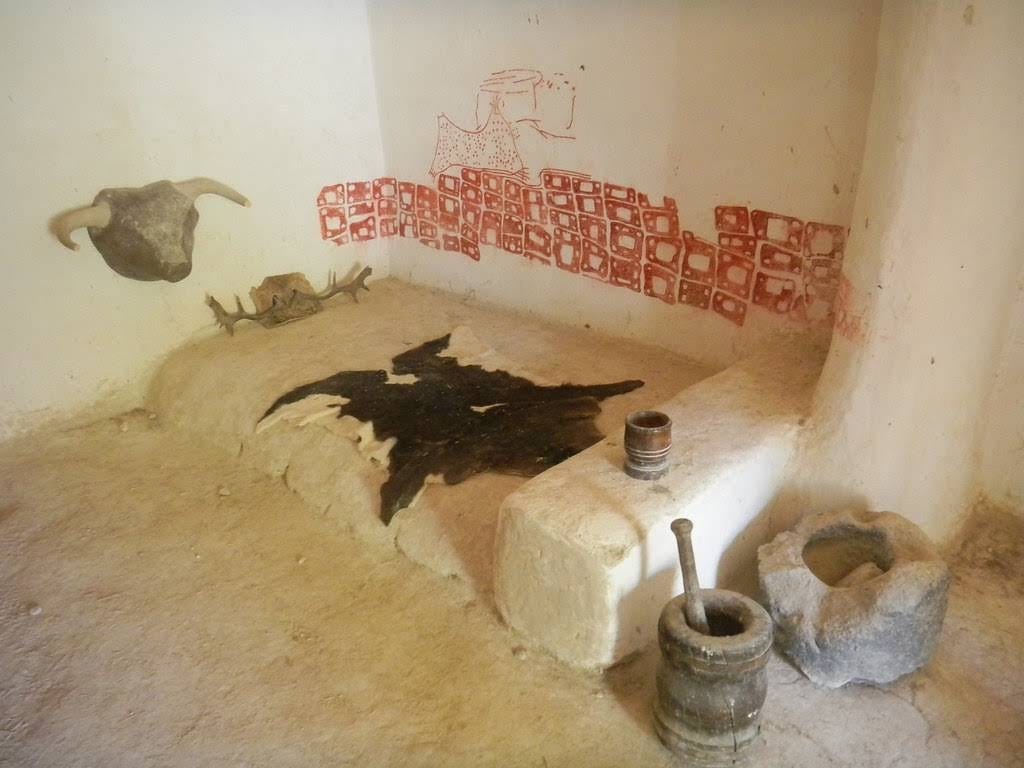
With a population that hovered between 3,000-8,000 people, the city sprawled over 34 acres on two hills divided by a river. Even at its height, Çatalhöyük might have looked like a little town to modern eyes. Indeed, many archaeologists prefer to call it a proto-city, mega-site, or even a conglomeration of villages. Regardless of what we call it, however, there’s no doubt it would have been the biggest settlement most people at the time had ever seen. It was a milestone in urban history.
I had to see it for myself. Luckily, I was able to visit in the summer of 2014 and meet many of the archaeologists working there.
There are several enormous excavations happening where this city once lay, and the two largest are called simply “north” and “south.” Above you can see the south dig. At the lowest (and oldest) point, at center braced with wooden poles, people had not yet invented fired pottery or started to eat dairy products. There’s actually a piece of rebar stuck into the ground to mark the “dairy line” where researchers start finding the remains of milk products on pottery.
It was hot outside, but the shade structure kept us cool in the dusty dig area.
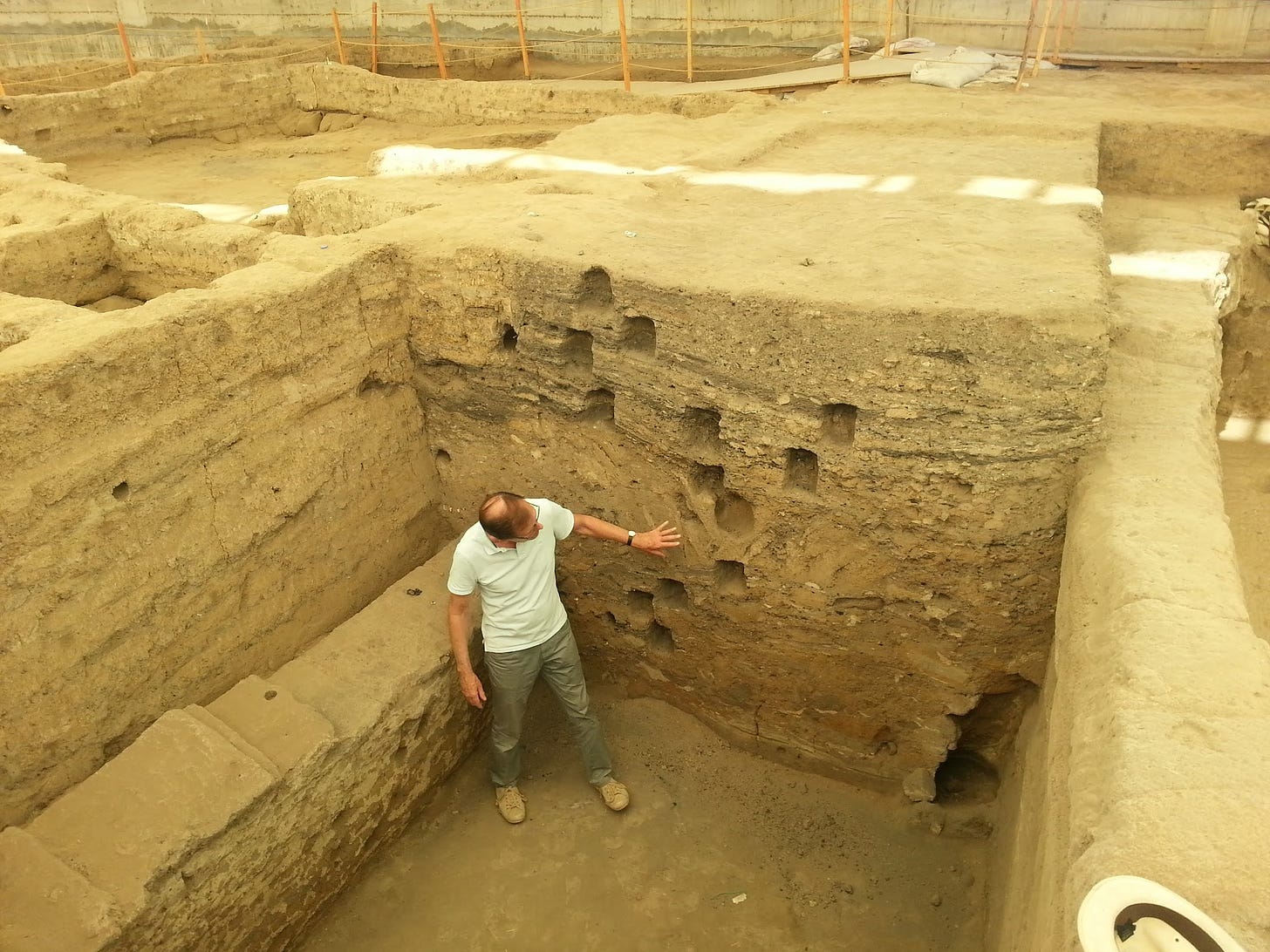
We stepped carefully over homes that nobody had lived in for thousands of years, learning to read the signs of their occupation. Though there is a lot of variety in these houses, one pattern has emerged. They divided their homes into “dirty” areas for the hearth and cooking, and “clean” elevated areas for sleeping and burying their dead. Many houses have a ridge between the two areas, and the plaster on the floor is white in the clean side of the house.

I’m fascinated by what everyday life was like in this Neolithic town. People had to make everything from scratch — from ovens and cooking utensils, to clothing and the needles to stitch it with. They farmed, made bricks from mud, crafted weapons, and created incredible art. We have no evidence that they traded extensively, or had marketplaces. Indeed, there are no fancy castles or even big meeting houses at Çatalhöyük. There were simply small domestic spaces, built with their walls pressed together, and the vast Konya Plain surrounding them. When people gathered together, it was either in small groups inside, or in large parties on their rooftops or outside the city.

Homes were richly decorated with abstract wall designs, like the one you see above, painted in red ochre on white plaster in the clean part of the house.

Çatalites replastered their walls and floors frequently, recreating the same designs. Partly this was because their homes didn’t have much ventilation, and the ovens must have left a lot of smoke on the walls. But it was also what we’d call being “house proud.”
The people who lived at Çatalhöyük were among the first generations of humans who stopped moving around nomadically with the seasons. Instead, they settled down into permanent homes and farmed. It’s impossible to understate what an enormous transformation this would have been for our species; we’d lived nomadically for hundreds of thousands of years before this moment. How would people at Çatalhöyük had to change their worldview and daily habits to survive under such dramatically changed circumstances?
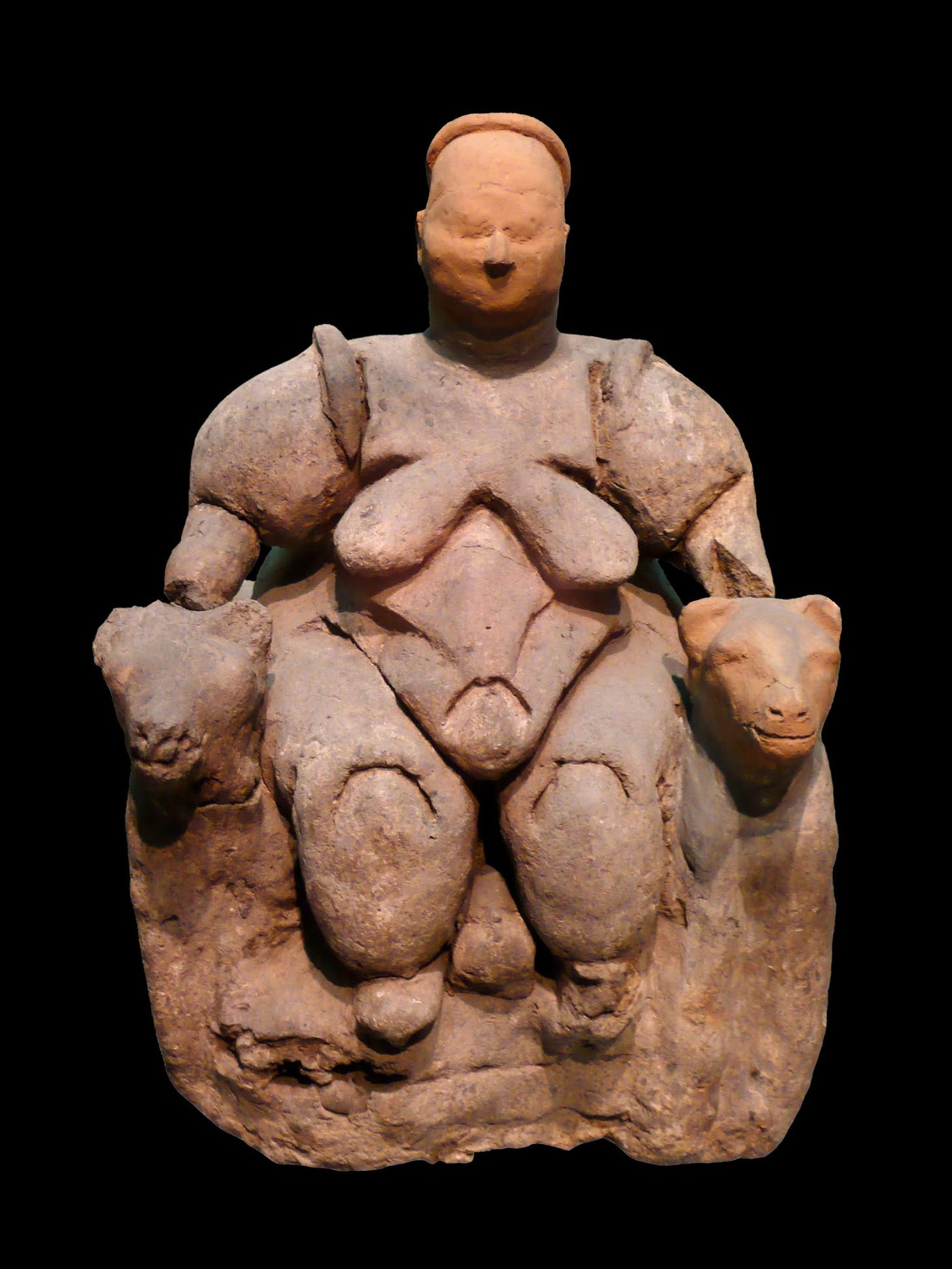
We know they had rich symbolic lives, creating many female figurines like the one above. But the vast majority of their statues were of animals, and their wall art was full of wild creatures and abstract designs. They also put the skulls of their ancestors on display.
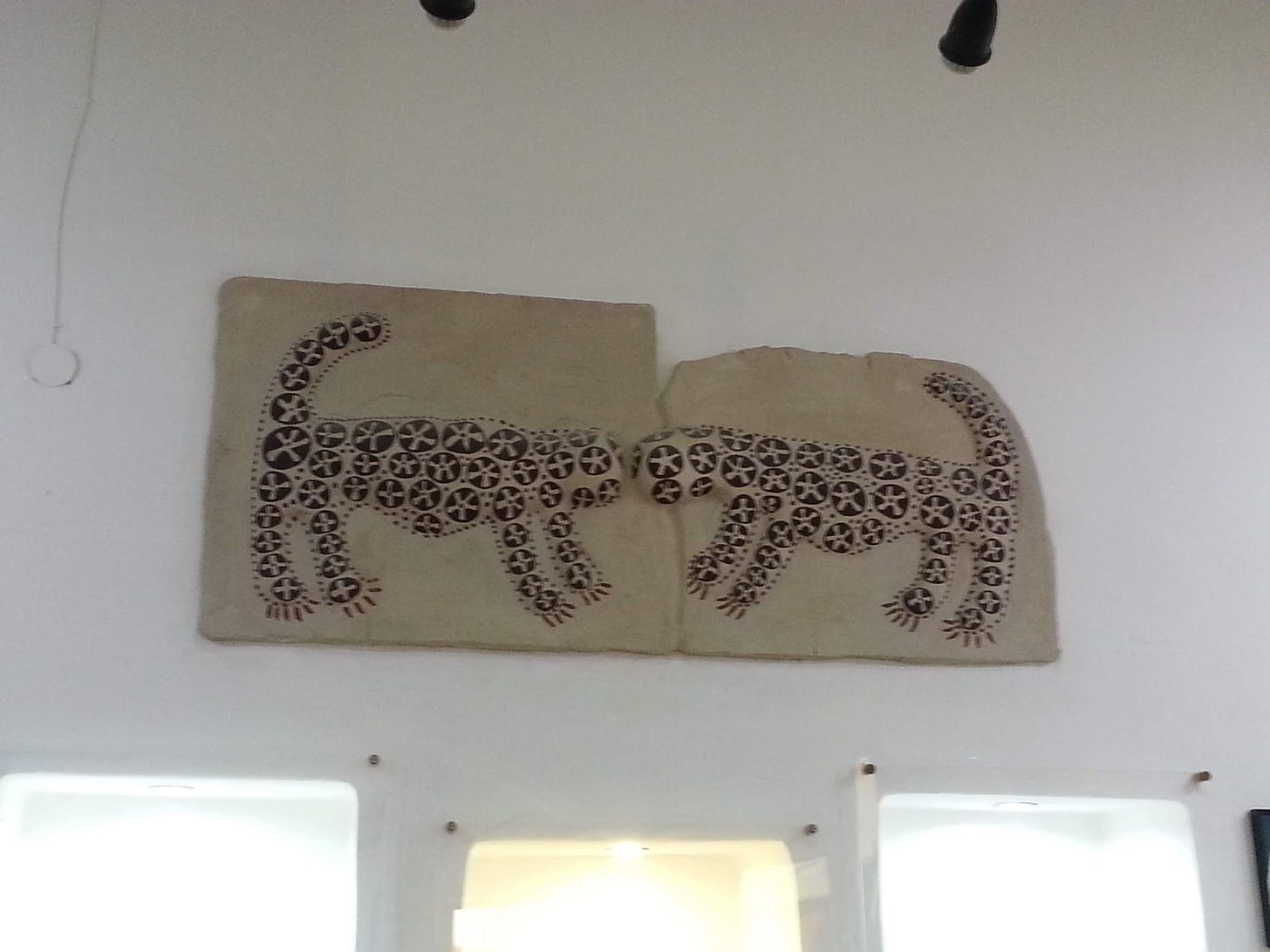
Çatalites turned their own history into art — or perhaps ritual — by carefully retrieving the skulls of ancestors from graves beneath their floors, then daubing the skulls with plaster to recreate faces. James Mellaart, the first archaeologist to excavate at Çatalhöyük, discovered these plastered human skulls in the early 1960s, some decorated with red ochre.
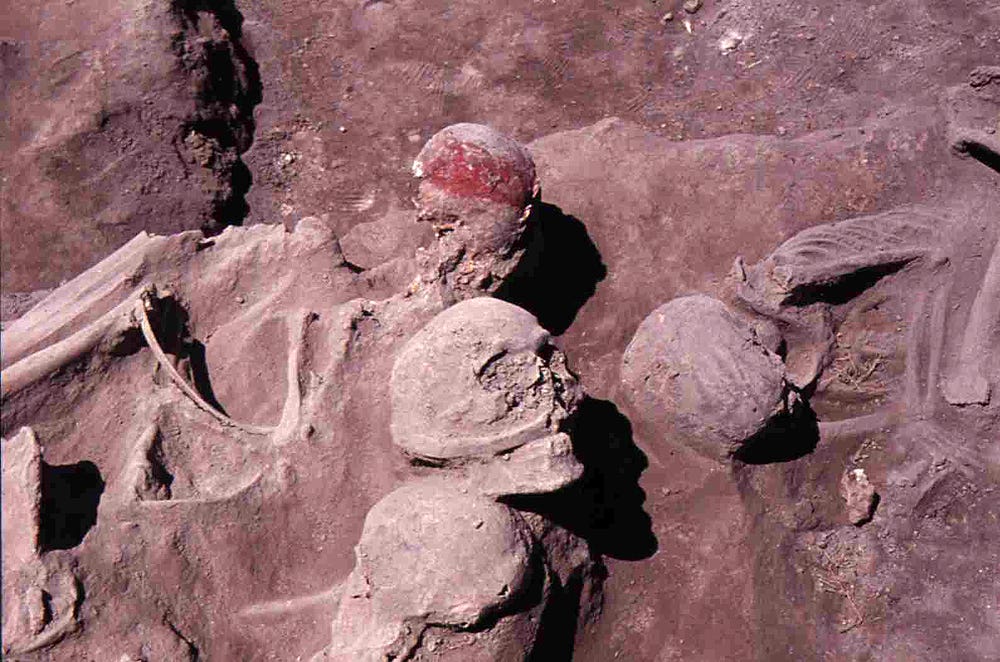
Recent analysis shows that many of these skulls were passed from generation to generation, sometimes for centuries, before they were reburied. Some skulls were reburied with other people’s remains — one skeleton was found cradling the skull of a much-older ancestor. Bioarchaeologist Scott Haddow has some incredible pictures of these skeletal remains, along with a clear explanation of how we know these skulls were plastered, passed around, and re-buried.
I talked a lot to UC Berkeley archaeologist Ruth Tringham, who spent the summer field seasons between 1997 and 2003 excavating the house of a woman she nicknamed Dido, after Henry Purcell’s opera. She also kept video records of the excavation, in the northern part of the city, including this short look at what it was like to discover Dido’s skull.
Dido lived to 40 or 45, a ripe old age for a Neolithic person, and survived multiple broken bones and diseases. Remains of several other adults and children were found buried with her. But it seems as if it was Dido’s death that came last, right before the house was “closed up” with fire.
Over its centuries of life Çatalhöyük changed a great deal, as its people developed new technologies and different styles of architecture. There’s ample evidence that its residents understood how deep its history stretched back, too. Hodder, who led excavations here, describes how the site offers a sense of “history within history,” where ancient people looked back to ancestors who were even more ancient.
Eventually, around 6000 BCE, people began to move away from Çatalhöyük at a faster rate than new immigrants arrived. They returned to village life on the Konya Plain surrounding the now-crumbling city, or headed out for other megasites that had sprung up more recently.

Why did they leave? There are many possible reasons, as diverse as the ones they had for settling there in the first place. Answering this question is what spurred me to start writing my book Four Lost Cities. I hope these photos give you a small taste of what it’s like to explore an ancient city whose customs are radically different from our own — but still recognizable.
My next book is Four Lost Cities: A Secret History of the Urban Age. It's coming out in February 2021, and you can pre-order it now and see me in conversation with some fascinating people on a virtual book tour. You can find information and ordering links for my other books on my website, helpfully organized into science fiction and journalism. You can also follow me on Twitter or Instagram — or listen to Our Opinions Are Correct, the fortnightly podcast I co-host with Charlie Jane Anders. If someone forwarded this email to you, you can subscribe to it here.



